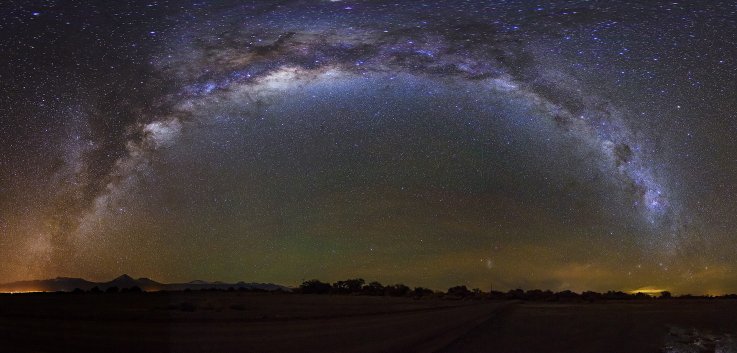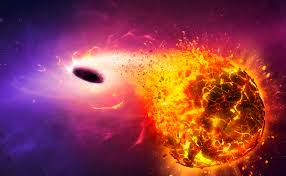A mysterious black hole—that has yet to be discovered—in one of our galaxy’s spiral arms appears to have hurled a star across the Milky Way, an international team of astronomers has said.
Source: Newsweek
The scientists found a so-called “runaway star,” dubbed PG 1610+062, located in the outer halo of the Milky Way—a vast region which surrounds the galaxy—far away from its star-forming regions.
Typically, the halo contains some of the galaxy’s oldest stars and researchers had previously thought that PG 1610+062 was one of these with a mass around half that of our sun’s. However, observations with the W. M. Keck Observatory revealed that the star is surprisingly young and ten times more massive than the sun.
But how did PG 1610+062 find itself in the halo, far away from the galaxy’s star-forming regions? Well, according to a study published in the journal Astronomy & Astrophysics, the Keck observations indicate that the star was ejected from its home cluster at nearly enough speed to escape the galaxy.
Astronomers already know about a handful of objects in the galaxy known as “hyper-velocity stars”—rare objects which do travel at sufficient speeds to escape the galaxy by overcoming its strong gravitational pull.

In order for this to be possible, these stars need to be accelerated to extremely high velocities by incredibly massive objects. For around three decades, the general consensus among scientists was that a black hole with the mass of four million suns would be capable of such a feat if a binary—or double—star system came too close to it. In this case, the black hole would swallow one of the stars and eject the other at high velocities.
This model became more accepted in the 2000s as scientists started to uncover strong evidence to suggest that such a black hole existed at the center of our galaxy. In light of this, the possibility that PG 1610+062 was ejected from the Galactic Center by the supermassive black hole there seems plausible.
However in the latest study, the team made further observations of the runaway star with the European Space Agency’s Gaia spacecraft, finding that, surprisingly, it did not originate from the Galactic Center but was ejected from the Sagittarius spiral arm of the galaxy instead.
Furthermore, data collected on the star’s movement indicated that PG1610+062 could only have been hurled across the galaxy by a mid-mass black hole (MMBH,) according to the astronomers. This result is intriguing because while astronomers have predicted the existence of MMBHs in some regions of our galaxy’s spiral arms, no one has yet identified one
“Now, PG1610+062 may provide evidence that MMBHs could indeed exist in our galaxy. The race is on to actually find them,” Andreas Irrgang, lead author of the study from Friedrich-Alexander University in Germany, said in a statement.

































Leave a Comment
You must be logged in to post a comment.